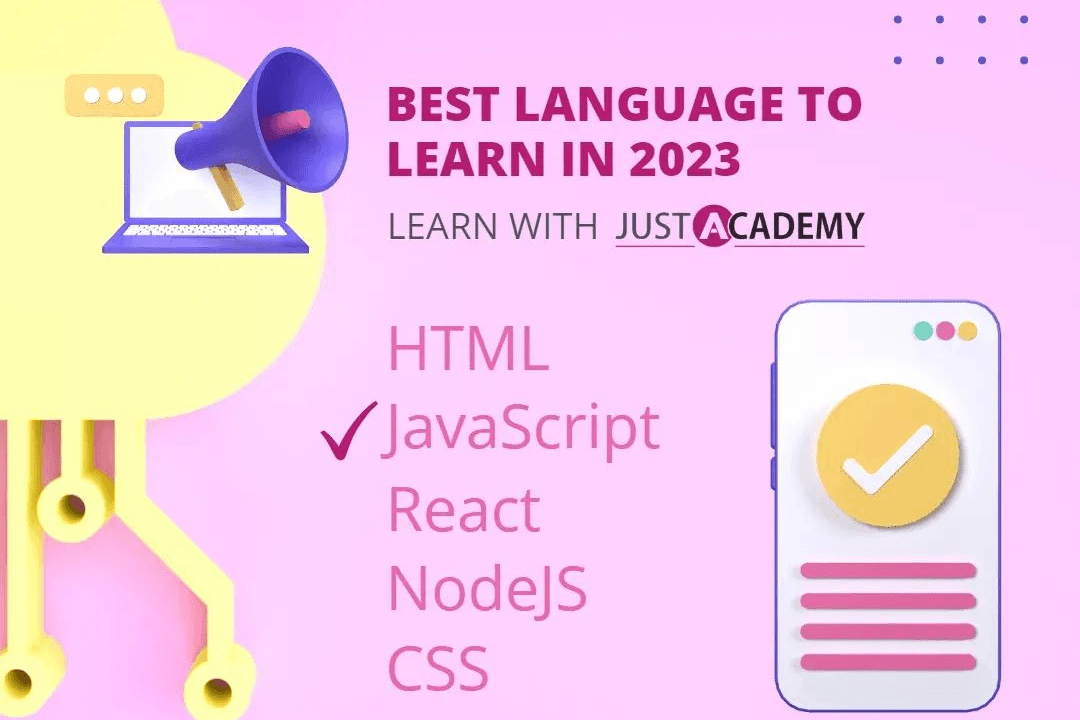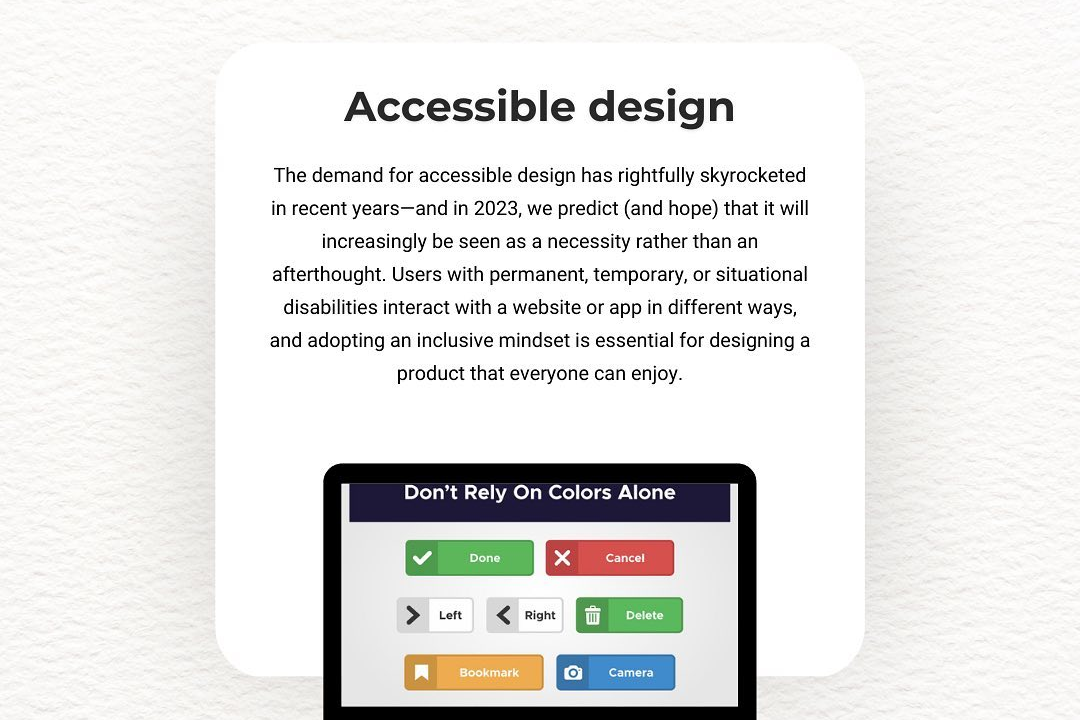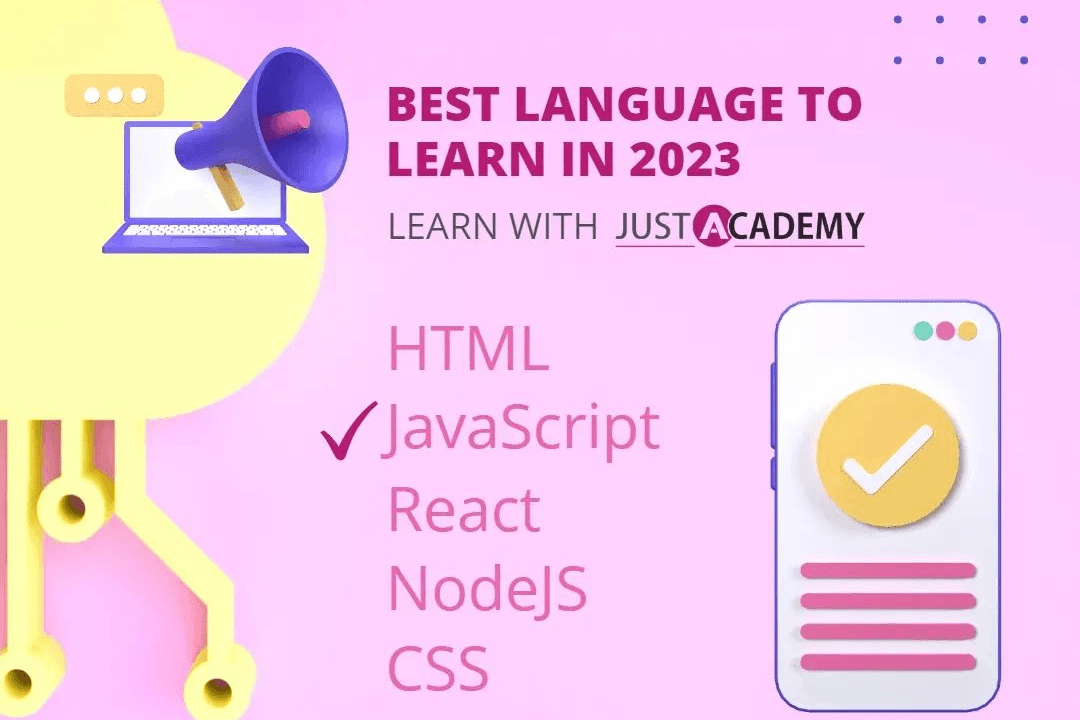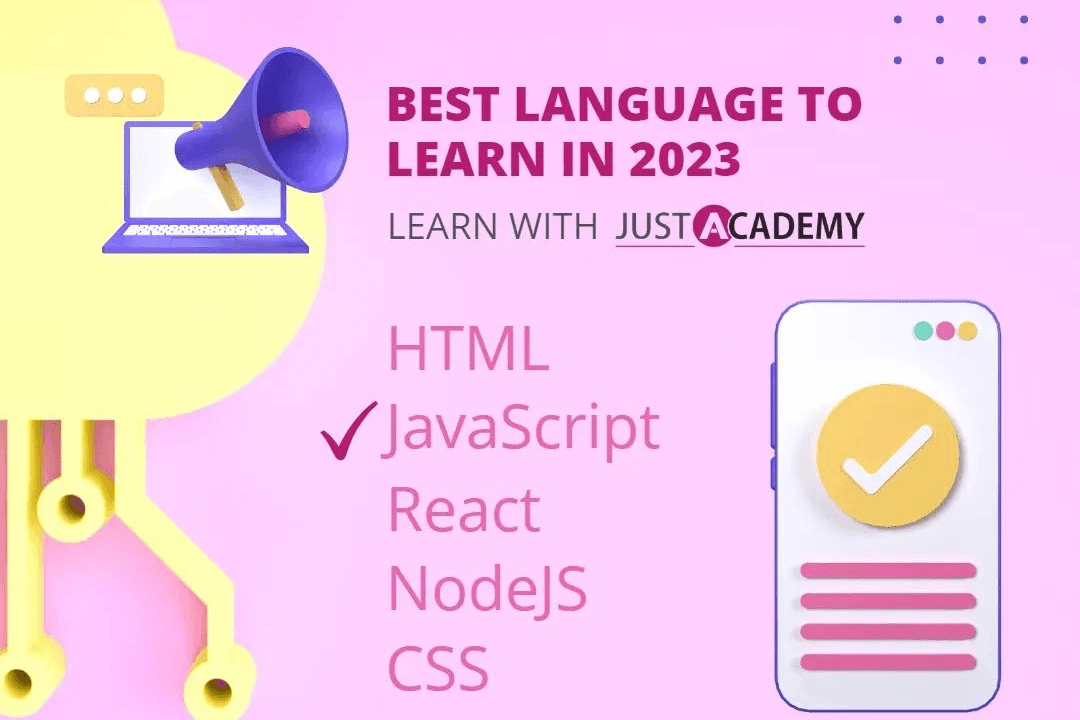Swing Programming In Java
Modern GUI Development with Java Swing
Swing Programming In Java
Swing is a part of Java's Standard Library that provides a set of graphical user interface (GUI) components for building rich desktop applications. It is built on top of the Abstract Window Toolkit (AWT) and offers a more sophisticated set of GUI widgets, such as buttons, text fields, tables, trees, and various types of dialogs, all of which are lightweight (not tied to the native system) and can be customized for appearance and behavior. Swing supports features like pluggable look-and-feel, which allows applications to adopt various styles, and it utilizes a model-view-controller (MVC) architecture, separating the data model, the user interface, and the event-handling logic. Developers can create complex interfaces with less code compared to AWT, while also supporting advanced capabilities like drag-and-drop, tooltips, and accessibility features. Overall, Swing remains a popular choice for Java developers seeking to create cross-platform desktop applications.
To Download Our Brochure: https://www.justacademy.co/download-brochure-for-free
Message us for more information: +91 9987184296
1 - Introduction to Swing
Understand what Swing is, its role in Java for building graphical user interfaces (GUIs), and how it differs from AWT (Abstract Window Toolkit).
2) Installation and Setup
Guide students through the installation of the Java Development Kit (JDK) and an Integrated Development Environment (IDE) like IntelliJ IDEA or Eclipse to support Swing development.
3) Creating a Simple Swing Application
Demonstrate how to create a basic Swing application with a JFrame to get students acquainted with the main window component.
4) Components of Swing
Explore various Swing components, such as JLabel, JButton, JTextField, JTextArea, JComboBox, and JList, explaining their usage and properties.
5) Layout Management
Discuss different layout managers (BorderLayout, FlowLayout, GridLayout, BoxLayout) and how they help organize components within a container.
6) Event Handling
Introduce event driven programming, detailing how to handle user actions (like button clicks) using ActionListeners and other event listeners.
7) JPanel and Custom Painting
Explain the use of JPanel for organizing components and how to customize painting using the `paintComponent` method for drawing graphics.
8) Menus and Toolbars
Show how to create menus and toolbars for applications using JMenuBar, JMenu, JMenuItem, and JToolBar to enhance user interaction.
9) Dialog Boxes
Discuss the use of dialog boxes (JDialog, JOptionPane) for displaying messages and gathering input from users.
10) Working with Tables
Introduce JTable for displaying tabular data, explaining the model view controller (MVC) architecture and how to use TableModel.
11) Using Icons and Images
Demonstrate how to incorporate icons and images into applications, including tips on using ImageIcon.
12) Look and Feel (L&F)
Explain the concept of Look and Feel in Swing, how to change it, and the impact on user experience.
13) Understanding Swing Threading
Highlight the importance of Swing’s single threaded model and using SwingUtilities.invokeLater() for thread management in UI updates.
14) Advanced Topics: Tooltips and Status Bars
Introduce tooltips for components and the creation of status bars for better user feedback.
15) Best Practices in Swing Development
Share best practices for designing user friendly and maintainable Swing applications, including component reusability and separation of logic.
16) Project: Building a Complete Application
Guide students in putting all concepts together by developing a simple complete application, reinforcing learning through practical experience.
17) Troubleshooting Common Issues
Provide students with common pitfalls and troubleshooting tips in Swing application development.
18) Resources for Further Learning
Offer a compilation of books, online courses, and documentation to encourage independent learning in Swing and Java GUI programming.
This comprehensive training program should equip students with the necessary knowledge and practical experience to start developing GUI applications using Swing in Java.
Browse our course links : https://www.justacademy.co/all-courses
To Join our FREE DEMO Session: Click Here
Contact Us for more info:
- Message us on Whatsapp: +91 9987184296
- Email id: info@justacademy.co
java training institutes in mysore












